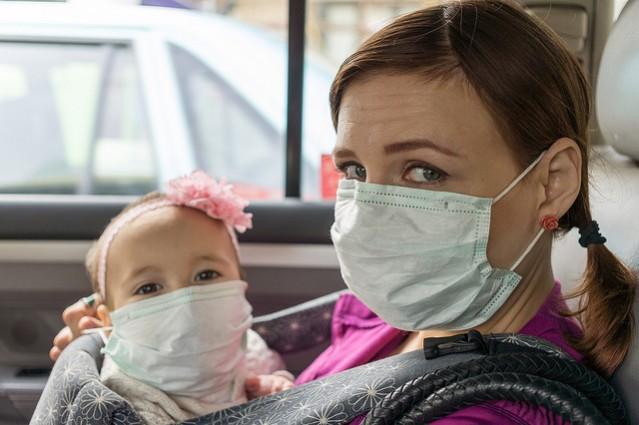The US space agency has collaborated with Google to help local governments improve their monitoring and prediction of air quality.
NASA and Google will develop advanced machine learning-based algorithms that link space data with Google Earth Engine data streams to generate high-resolution air quality maps in near real-time.
"We're thrilled about our partnership with NASA to make daily air quality more actionable at a local level," said Rebecca Moore, director at Google Earth, Earth Engine and Outreach at Google.
![China has been witnessing high levels of pollutants in the air for years, particularly in northern cities like Beijing. [Representational Image] Air pollution](https://data1.ibtimes.co.in/en/full/618092/air-pollution.jpg?h=450&l=50&t=40)
The results will create city-scale, near real-time estimation and forecasting of harmful pollutants, such as nitrogen dioxide and fine particulate matter.
Google has incorporated two new NASA data sets into the Earth Engine Catalogue that are automatically updated daily.
These include data from the NASA Goddard Earth Observing System Composition Forecasts (GEOS-CF) and Modern-Era Retrospective analysis for Research and Applications, Version 2 (MERRA-2).
These provide satellite observations of pollutants to help map and predict regions with poor air quality.

Harmful air pollution affects people and the environment and according to the World Health Organisation (WHO), air pollution is responsible for about 7 million deaths worldwide each year.
"This partnership is a major step forward in integrating air pollution data from a range of critical sources, from ground-level observations to satellite data, into advanced machine learning algorithms," said Pawan Gupta, senior scientist with Universities Space Research Association (USRA) at NASA Marshall Space Flight Center.
Environmental insights, like high resolution air quality maps, can be useful tools for cities and community organisations who can take action on climate and health in their neighbourhoods.
"This scientific research partnership with NASA will help us improve the resolution, validation and the usefulness of air quality maps in both space and time -- giving everyone more data for decisions towards cleaner air," said Moore.














